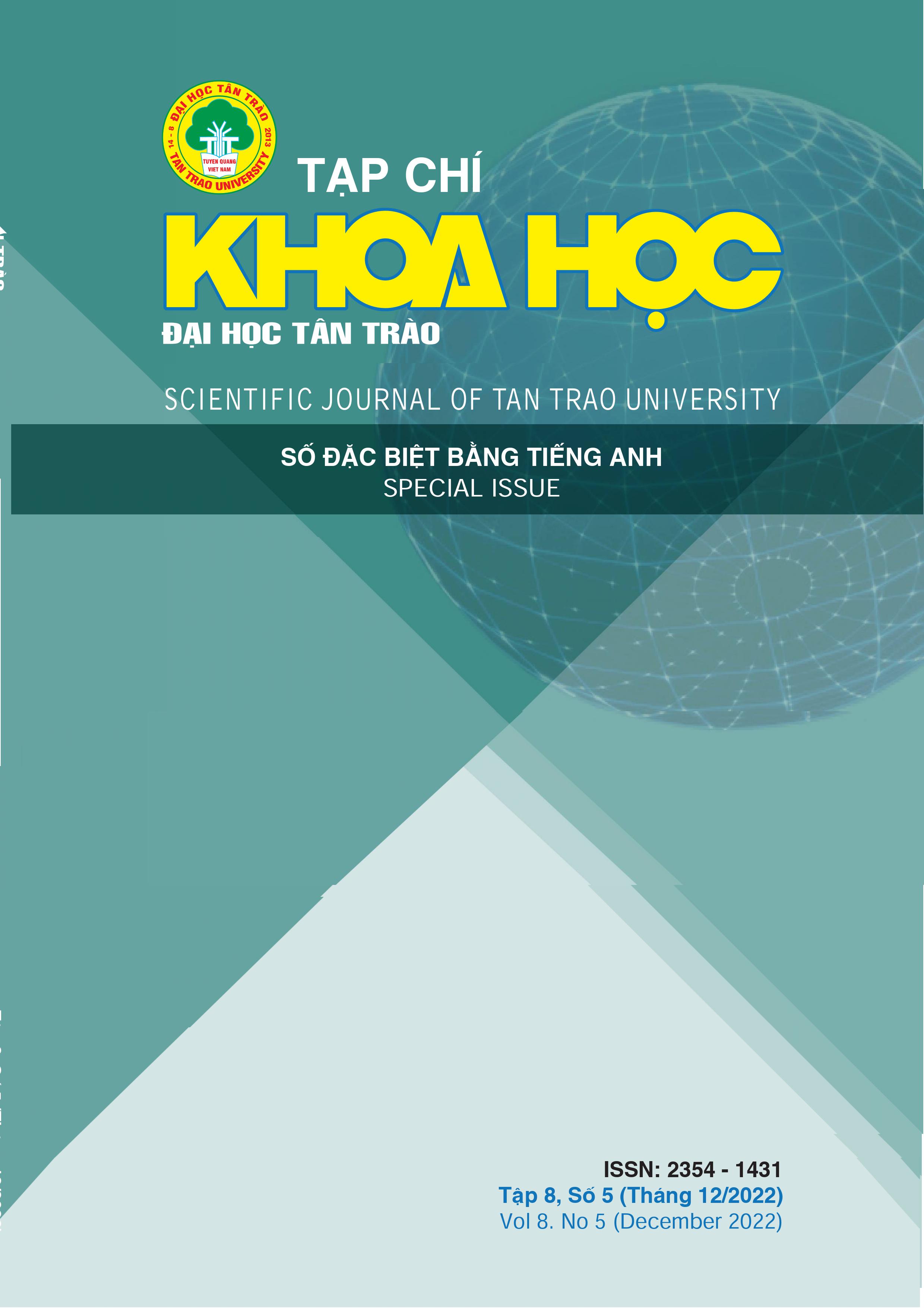COMBINATION OF MOODLE AND ZOOM SOFTWARE IN TEACHING GEOGRAPHY ONLINE FOR HIGH SCHOOL STUDENTS
DOI:
https://doi.org/10.51453/2354-1431/2022/832Keywords:
Online teaching, combination, Moodle and Zoom software, Geography, High schoolAbstract
Online teaching is a form of teaching based on information and communication technology, in which teachers and students are not in the same place, not even at the same time. However, using only one software for teaching will lead to difficulties because of their inherent disadvantages. The authors have used traditional and modern research methods to analyze the advantages and limitations of the online teaching softwares: Moodle and Zoom. From there, they develop a combined process in teaching Geography, and develop a number of plans for teaching Geography in high school. Through practical testing, it shows that the effectiveness of this combined form of teaching is higher than the use of individual software in teaching. These research contents can be developed and applied to many other subjects.
Downloads
References
/[1]. The Central Committee of the Communist Party of Vietnam (November 2013), Resolution of the 8th Conference, the XI Central Committee (Resolution No. 29-NQ/TW), Fundamental and comprehensive renovation education and training, meeting the requirements of industrialization and modernization in the context of a socialist-oriented market economy and international integration, Hanoi.
/[2]. Ministry of Education and Training (2018) General Education Program - Geography, issued together with Circular No. 32/2018/TT-BGDĐT dated December 26, 2018 of the Minister of Education and Training, Hanoi.
/[3]. Son, D.V. (2016), Geography Online Teaching Textbook, Thai Nguyen University Publishing House, Thai Nguyen.
/[4]. https://vi.wikipedia.org/wiki/Wikipedia accessed 11/18/2022.
Downloads
Published
How to Cite
Issue
Section
License

This work is licensed under a Creative Commons Attribution-ShareAlike 4.0 International License.
All articles published in SJTTU are licensed under a Creative Commons Attribution-ShareAlike 4.0 International (CC BY-SA) license. This means anyone is free to copy, transform, or redistribute articles for any lawful purpose in any medium, provided they give appropriate attribution to the original author(s) and SJTTU, link to the license, indicate if changes were made, and redistribute any derivative work under the same license.
Copyright on articles is retained by the respective author(s), without restrictions. A non-exclusive license is granted to SJTTU to publish the article and identify itself as its original publisher, along with the commercial right to include the article in a hardcopy issue for sale to libraries and individuals.
Although the conditions of the CC BY-SA license don't apply to authors (as the copyright holder of your article, you have no restrictions on your rights), by submitting to SJTTU, authors recognize the rights of readers, and must grant any third party the right to use their article to the extent provided by the license.


